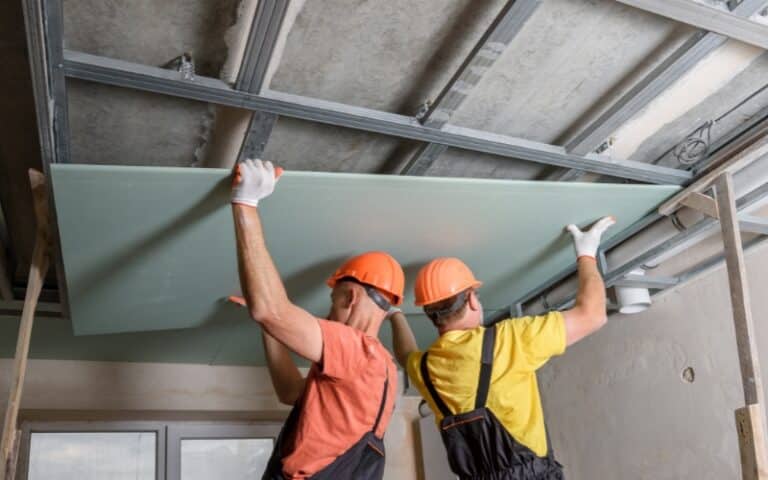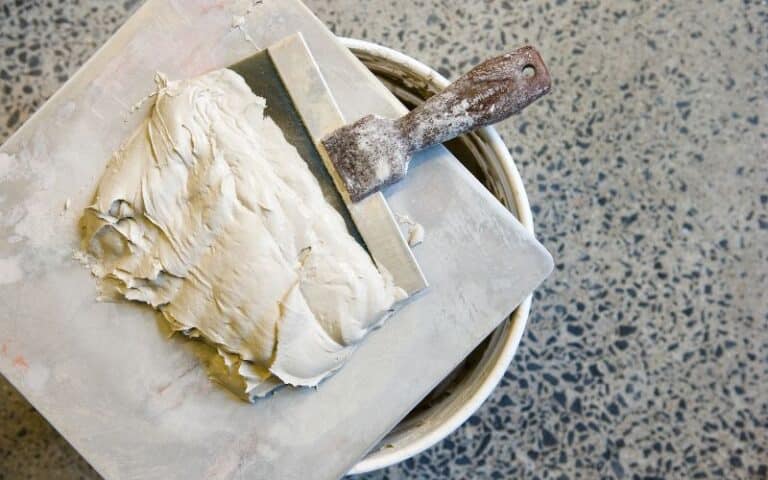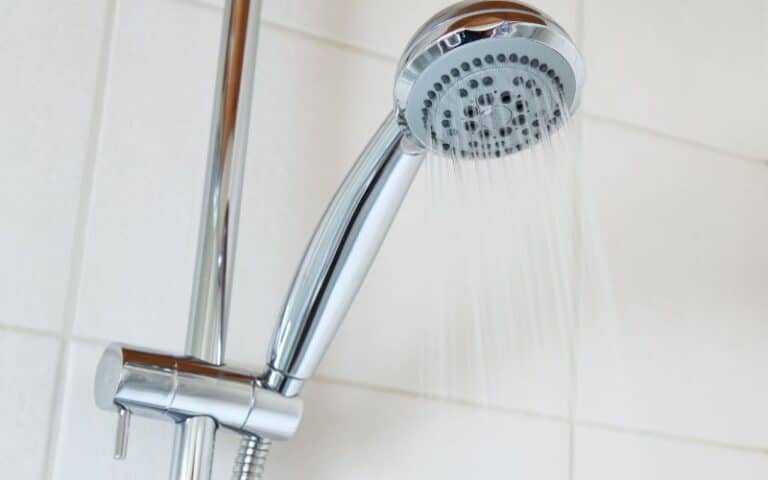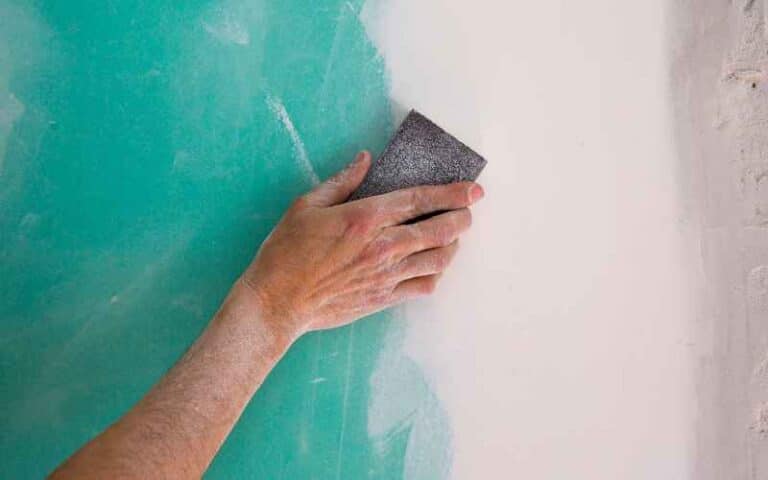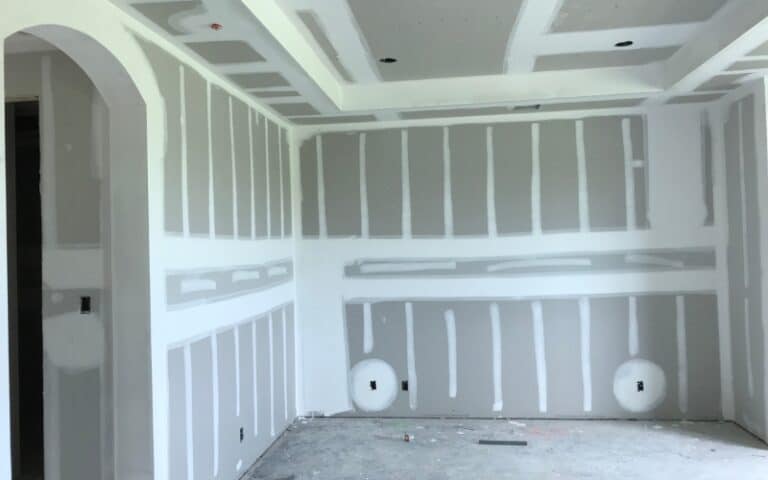The concrete anchors are more heavy-duty and have specific uses for several types of walls.
These concrete anchors are made with tough and thick materials that can work on concrete walls perfectly and maintain their weight and rigidity.
Several materials can work on drywalls, but can you use concrete anchors in drywalls?
Using concrete anchors in your drywall is not advisable, so it doesn’t eventually damage your wall. Instead, you can use the suitable drywall anchors that are initially for walls produced with softer materials like wood and drywalls.
This article will provide you with suitable anchors to use with your drywalls. I’ll also inform you about the differences between concrete and drywall anchors,
Ready for a Drywall Quiz?
Can I Use Concrete Anchors in Drywall?
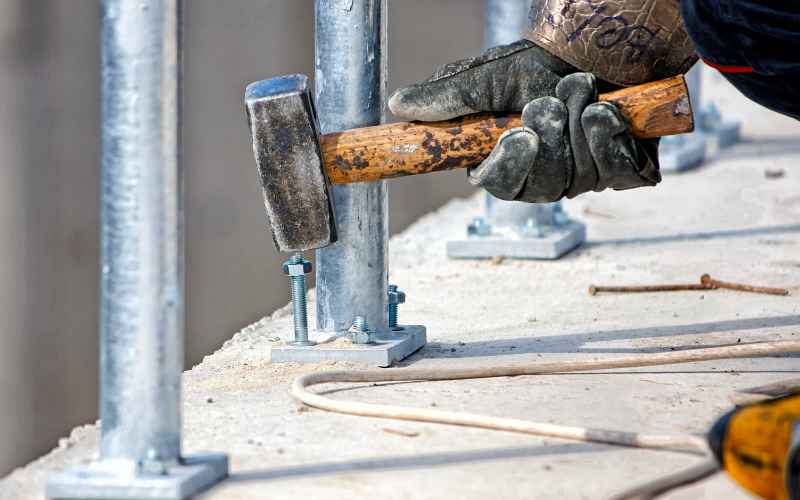
It would help if you didn’t use concrete anchors in your drywalls. Concrete anchors consist of tough and thick materials that match the weight of the concrete walls.
Drywalls do not need that because they are usually made with softer and lighter material, slice wood, so you should not use concrete anchors in drywalls.
You do not have to worry about a specific type of drywall anchor when making your choice, and there are various other fantastic drywall anchor choices you can go for.
Most drywall anchors have pointed heads that make way for easy penetration into the wall. Also, they come with a big flattened head that lets them sit perfectly on the wall.
In the same way, there are varieties of drywall anchors and several sizes and shapes to fit your specifications.
There are some cases where drywall anchors are not suitable for your drywalls. Cases like;
- Wallboards and plasters that already have damage. Ensure that you fix this issue before fixing either a drywall anchor on any anchor.
- They were fixing heavy-weight objects or materials. Drywall anchors were not designed to support heavy materials due to the nature of the wall; they can quickly start cracking.
What Can I Use in Drywalls If I Don’t Have Concrete Anchors?
You can pick several drywall anchors when you don’t have concrete anchors available.
Some of these alternatives include;
#1. Cement Board Screw Anchor
The cement board steel anchor works best when you want to attach a cement board onto a wood piece.
The significant part about this anchor is that you do not need to pre-drive it before using it. So if your screw doesn’t need to be pre-drilled, their wafer head structure would do the trick.
Apart from attaching cement boards to metal or wooden materials, you can also use this anchor in cases like attaching a bathtub, countertops, and floorings.
#2. Hollow Wall Anchor
These anchors are more suitable for your drywall because they were designed to perform only medium-duty jobs effectively.
You can use this anchor to hang house materials like the little shelves and even light decorations.
An amazing part about this anchor is that it can expand when the screw gets driven in more. You do not have to worry about getting a technician or someone to do the work for you.
All you would need for this work include a hammer and a drill, and even with how little and easy It looks, it can also withstand thicker walls.
#3. Threaded Drywall Anchor
Like the cement board screw anchor, the threaded drywall anchor is also suitable for medium-duty drywall jobs.
This anchor is also known as the self-drilling or self-tapping anchor because it does not need a pre-drilling for you to insert it.
These anchors are made from several materials, including plastic, nylon, and zinc. The large thread on these anchors was designed to fit perfectly into drywalls.
It would be best if you drilled this anchor into the wall, although using a screwdriver can also work perfectly.
#4. Toggle Bolts
Although the toggle bolts are somewhat traditional methods, these bolts have very heavy-duty holding power in drywalls.
There are two parts of the toggle bolts; the toggle and the machine bolts, and with these parts together; you can use toggle bolts to hold bulky items.
You would only require a pilot hole and wings that can lock into place in the drywall to use toggle bolts.
You only have to stress a little before getting these bolts because they are familiar and inexpensive.
#5. Winged Plastic Anchors
The winged plastic anchors are suitable for medium-duty jobs, and just like the toggle bolts, they also require a pilot hole.
This anchor comprises two pieces; the anchor and the wings. After inserting the anchor, a unique tool is used to expand the wings.
These anchors are similar to plastic ones except that they provide twice as much strength as plastic ones.
You can get the unique tool, which is usually provided with the anchor. You should complete this step because the anchor will only work properly if the wings are pushed in correctly.
How Much Weight Can Drywall Hold with Concrete Anchors?
Drywalls can be able to hold up to 50 pounds with concrete anchors.
Apart from the concrete anchors, using the correct type of anchor can also help you hold on to a lot of weight on your drywall.
Apart from these concrete anchors, you can also use studs to support whatever you hang.
You should always use a good anchor or stud when hanging your paintings or whatsoever because if you don’t, whatever you are hanging is most likely to fall.
Even with that, you would need studs in most cases because these drywalls need to be more vital to carry a lot of weight on their own.
How Do I Properly Place an Anchor with Concrete Anchors?
There are several types of concrete anchors, and you should be sure of the one you’ve got for these steps to work for you.
Some common types of concrete anchors are the following;
- Drop-in concrete anchors.
- Wedge concrete anchors.
- Sleeve concrete anchors.
There are different ways to install each type of this anchor. To establish a drop-in concrete anchor;
- Drill a hole into the wall.
- Place the slit end of the female threaded sleeve into the hole.
- Put the narrow end of your set tool into the sleeve.
- You can now get your hammer and hammer the top of the setting tool until it fits.
- Get your bolt and washer into the sleeve. Use your wrench to turn it clockwise until it sets in place.
To install a wedge concrete anchor;
- Drill a hole into the wall and clear up the mess created with a vacuum.
- Place the wedge end of the anchor and place it in the drilled hole.
- Hit the wedge anchor into your wall with an anchor until you flush the bottom part of the thread with the top of the concrete.
- Place your washer and nut on the other threaded end of the wedge anchor and tighten the nut.
To install a sleeve anchor;
- drill a hole.
- Push the sleeve anchor into the hole so it can be attached to the concrete.
- Drive your anchor in with a hammer.
- Place the nut and washer at the end of the exposed bolt.
- Keep turning it clockwise until you can’t rotate it anymore.
What Is the Difference Between Drywall and Concrete Anchors?
The base difference between the drywall and concrete anchors is that the drywall anchors and used for drywalls, and the concrete anchors are used for concrete walls.
It would help if you refrained from using concrete anchors in drywalls and vice versa.
The materials used in creating these concrete anchors are usually thick and strong and can also match your concrete walls’ weight.
On the other hand, drywall anchors are made with softer materials. They are suitable for walls made with wood or drywall.
Using concrete anchors on your drywalls can cause severe damage to them. These drywall anchors usually come with a pointed end that allows easy penetration into your drywalls.
It would help if you did something other than go for any drywall anchors because you have drywall.
Ensure that you pay attention to the particular size and style that would work for your wall.
There are several instances where you are not allowed to use drywall anchors. It would help if you didn’t use drywall anchors;
- In already damaged plastered wallboards or cracked plastered walls.
- To hold hefty objects because they are not designed for them.
- On freshly plastered walls.
Here is a table that shows the differences between Drywall anchors and concrete anchors.
| Drywall Anchors | Concrete Anchors |
|---|---|
| drywall anchors work for drywalls | Use concrete anchors in concrete walls |
| They are not as strong as concrete anchors | you can use it for heavy-duty jobs |
| you can use it on more challenging walls | It only works on walls made with soft materials like wood. |
FAQs
What Anchors Should I Use in My Drywalls?
It would help if you always used a drywall anchor in your drywalls.
Do Concrete Anchors Work for Drywall?
You can use concrete anchors on your drywalls, but hanging heavy objects on these strong anchors can damage your wall in the long run.
Do You Always Need Anchors in Your Drywall?
Anchors are essential when mounting objects on your walls. It would be best if you used anchors to mount them instead of adhesive glue and sorts.

